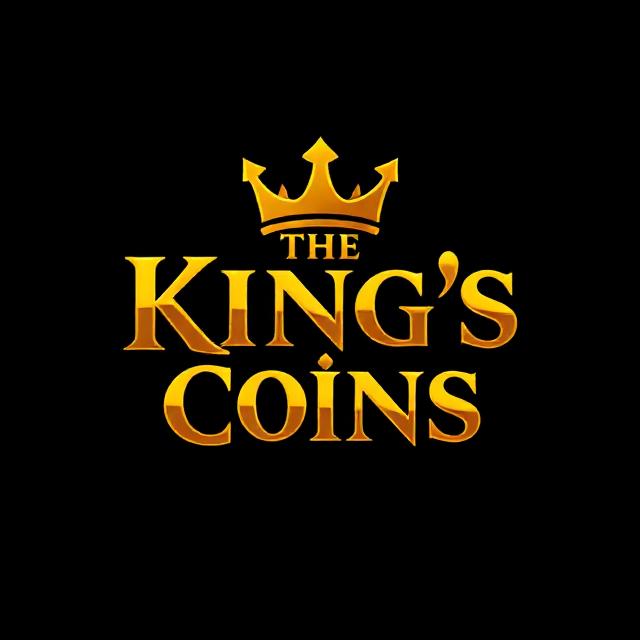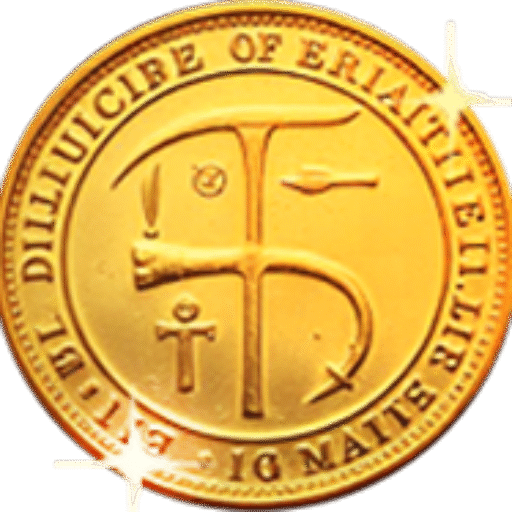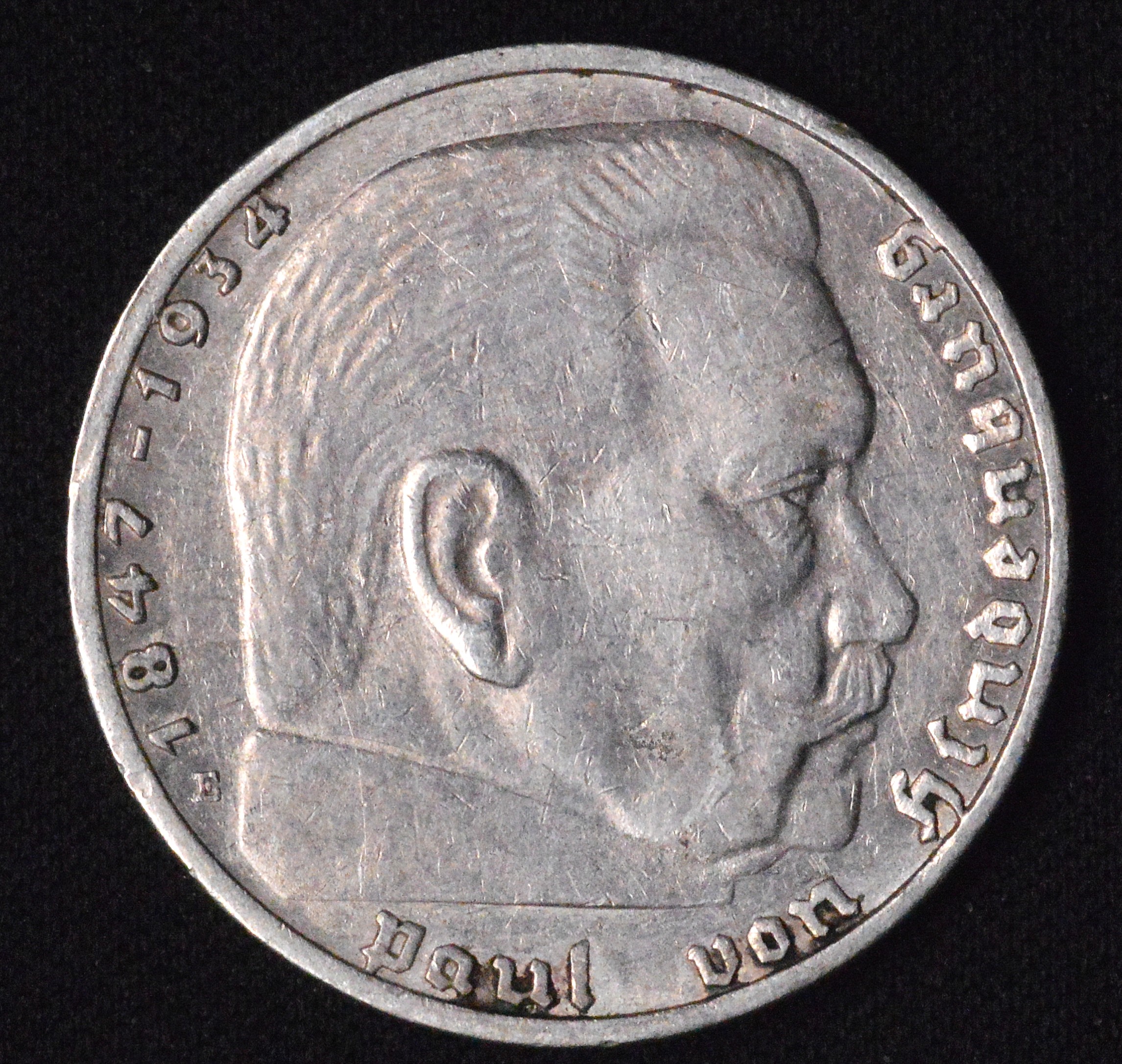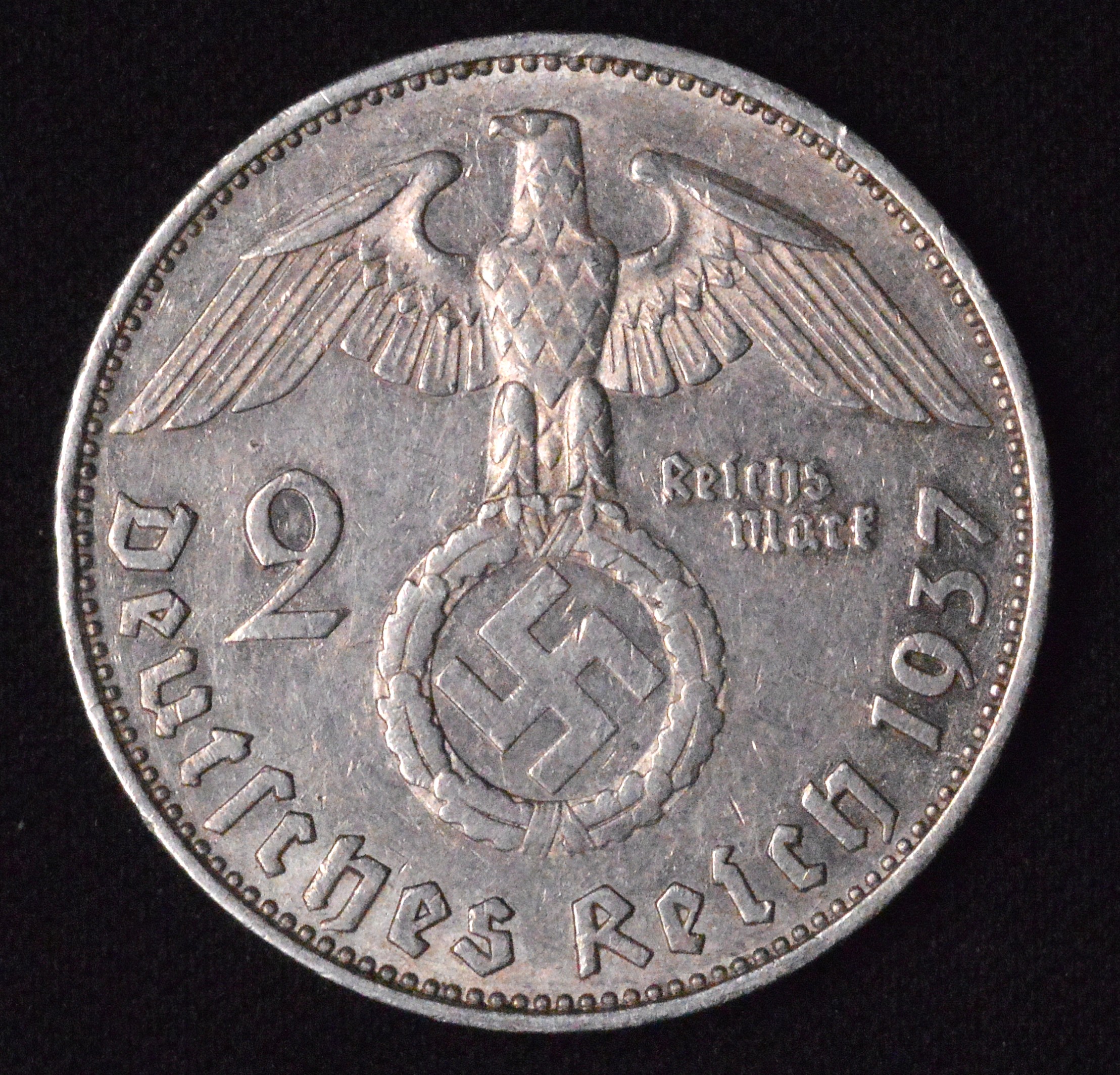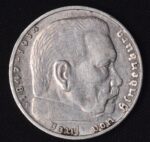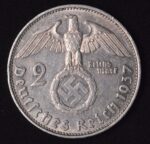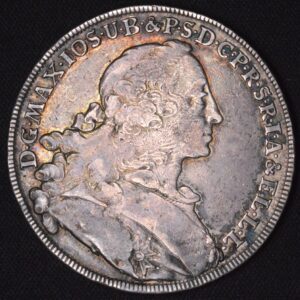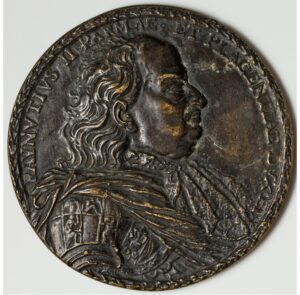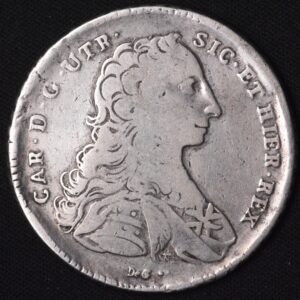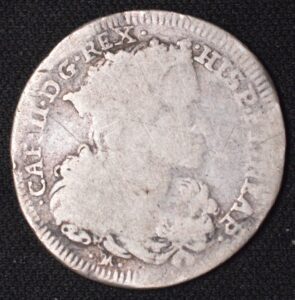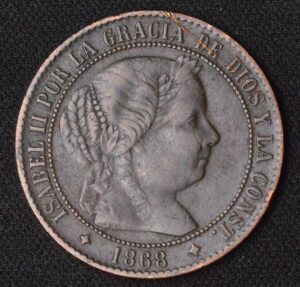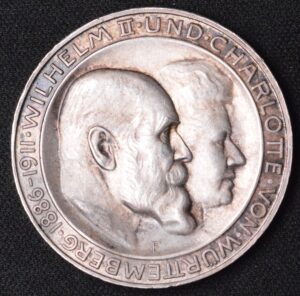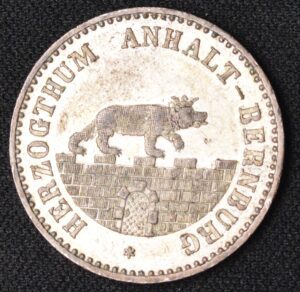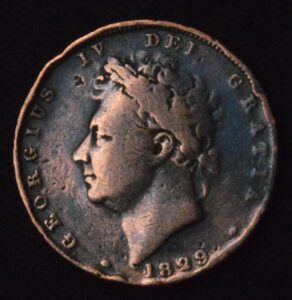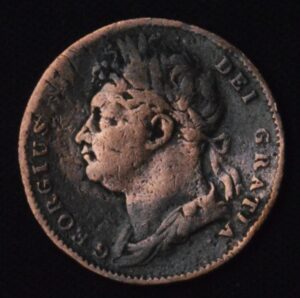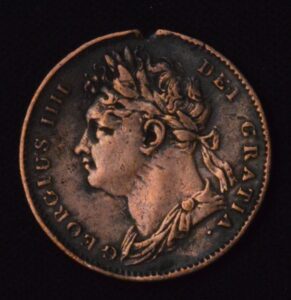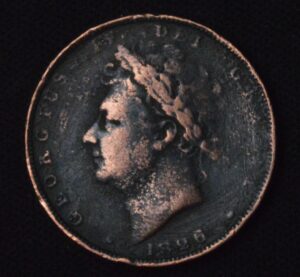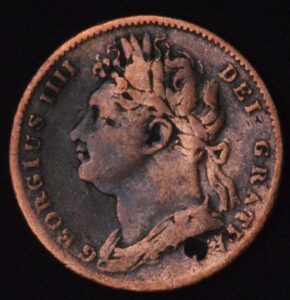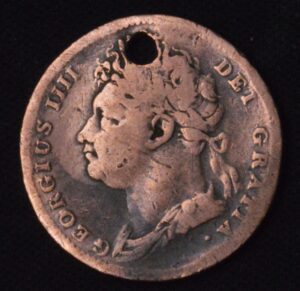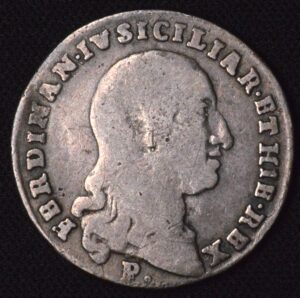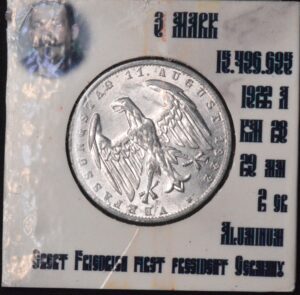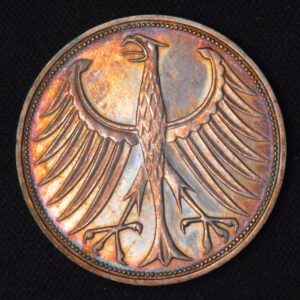Description
The 1937 2 Mark German silver coin, part of the Third Reich coinage, was minted primarily in silver with a fineness of 0.625 (62.5% silver). It weighs 8 grams and has a diameter of 25 mm, containing approximately 0.1608 troy ounces of pure silver. The coin typically features the eagle above the swastika on the obverse, symbolizing the Nazi regime, and a large portrait of Paul von Hindenburg on the reverse. These coins were minted at various mints indicated by letters such as A (Berlin), G (Karlsruhe), and F (Stuttgart), with the 1937 G mint mark referring to Karlsruhe.
The 2 Mark 1937 coins generally have a mintage of around 1.9 million for the Karlsruhe mint, and values today depend on condition and specific mint marks. Circulated examples often sell for around $20, while proof versions or coins in higher grades can fetch around $40 or more. These coins are sought after by collectors interested in Third Reich German coinage or historical silver coins.
In summary, the 1937 German 2 Mark silver coin is a collectible .625 fine silver coin from the Third Reich era, with typical weight of 8 grams and distinctive designs reflecting its historical context. Its value today reflects condition, rarity, and mint mark, with well-preserved or proof examples commanding premiums.
The 1937 2 Mark German silver coin, part of the Third Reich coinage, was minted primarily in silver with a fineness of 0.625 (62.5% silver). It weighs 8 grams and has a diameter of 25 mm, containing approximately 0.1608 troy ounces of pure silver. The coin typically features the eagle above the swastika on the obverse, symbolizing the Nazi regime, and a large portrait of Paul von Hindenburg on the reverse. These coins were minted at various mints indicated by letters such as A (Berlin), G (Karlsruhe), and F (Stuttgart), with the 1937 G mint mark referring to Karlsruhe.
The 2 Mark 1937 coins generally have a mintage of around 1.9 million for the Karlsruhe mint, and values today depend on condition and specific mint marks. Circulated examples often sell for around $20, while proof versions or coins in higher grades can fetch around $40 or more. These coins are sought after by collectors interested in Third Reich German coinage or historical silver coins.
In summary, the 1937 German 2 Mark silver coin is a collectible .625 fine silver coin from the Third Reich era, with typical weight of 8 grams and distinctive designs reflecting its historical context. Its value today reflects condition, rarity, and mint mark, with well-preserved or proof examples commanding premiums.
The 1937 2 Mark German silver coin, part of the Third Reich coinage, was minted primarily in silver with a fineness of 0.625 (62.5% silver). It weighs 8 grams and has a diameter of 25 mm, containing approximately 0.1608 troy ounces of pure silver. The coin typically features the eagle above the swastika on the obverse, symbolizing the Nazi regime, and a large portrait of Paul von Hindenburg on the reverse. These coins were minted at various mints indicated by letters such as A (Berlin), G (Karlsruhe), and F (Stuttgart), with the 1937 G mint mark referring to Karlsruhe.
The 2 Mark 1937 coins generally have a mintage of around 1.9 million for the Karlsruhe mint, and values today depend on condition and specific mint marks. Circulated examples often sell for around $20, while proof versions or coins in higher grades can fetch around $40 or more. These coins are sought after by collectors interested in Third Reich German coinage or historical silver coins.
In summary, the 1937 German 2 Mark silver coin is a collectible .625 fine silver coin from the Third Reich era, with typical weight of 8 grams and distinctive designs reflecting its historical context. Its value today reflects condition, rarity, and mint mark, with well-preserved or proof examples commanding premiums.
CUSTOMER FEEDBACK




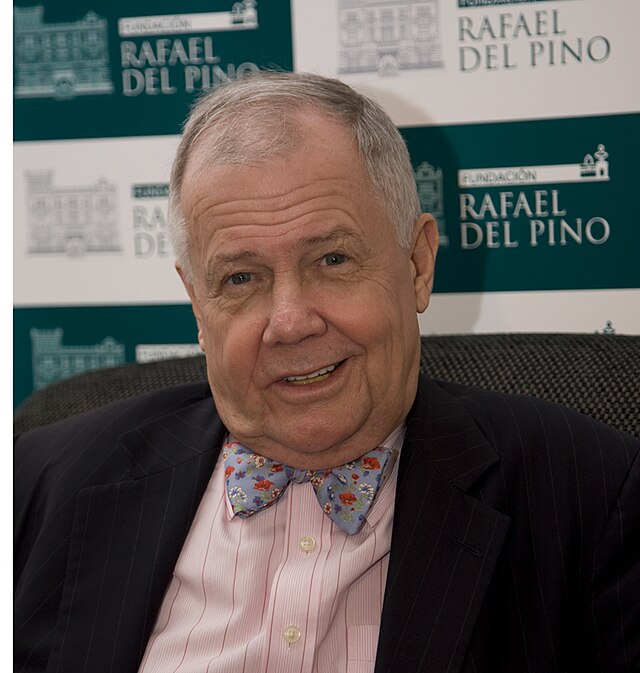



Related Products & Newly Released!




SHIPPING POLICY
Your order is shipped from the United States with USPS tracking within one business day.
14 Day Return Policy
You can return your item back within
14 days of the purchase

Secure payments
Your payments are 100% secure and are processed through Square or PayPal on a protected security network.
SHIPPING POLICY
FREE International and Domestic (United States) shipping. Your order is shipped with USPS tracking 24 hours after you order.
14 Day Return Policy
You can return your item back within
14 days of the purchase

Secure payments
Your payments are 100% secure and are processed through Square or PayPal on a protected security network.
RESOURCES
support
Get Real Deals!
Sign up now to receive our articles for the latest insights and promotions!
RESOURCES
support
Get Fresh Articles!
Signup our newsletter to get update insight or promotions.
